#Puzzle Design
Explore tagged Tumblr posts
Text
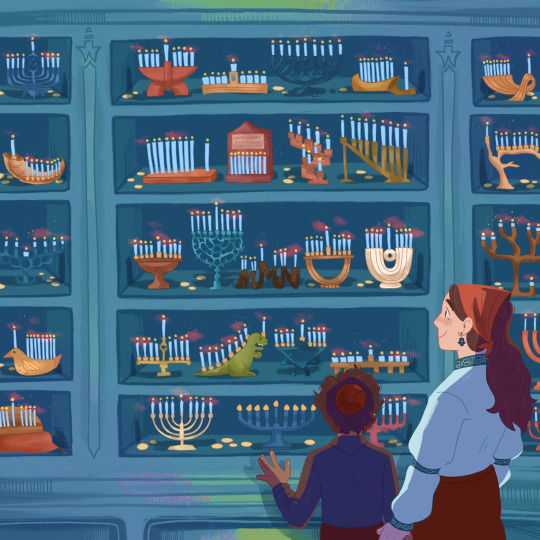
first night of chanukah tonight so please enjoy this rejected puzzle design ✌️
#my art#fishfingersandscarves#chanukah#hanukkah#puzzle#kid illustration#kidlit#puzzle design#chanukiah#illustration
17K notes
·
View notes
Note
I’m currently developing a 2D Metroidvania game, and I’d like to hear your thoughts: What are the key elements that make a Metroidvania fun to play and challenging in a satisfying way? I'm especially interested in how to balance exploration, progression, and difficulty without frustrating the player.
This is a good question. The core element here that drives everything in a metroidvania is the intersection between the abilities the player gets and the level design. Everything a player does in a platformer follows three sequential steps:
The player sees a potential challenge or obstacle
The player considers what kind of tools/abilities she has at her disposal to overcome the obstacle
The player uses those tools to overcome the obstacle

As you've identified, a player needs exploration, progression, and difficulty. These effectively map to the three steps one to one - when the player encounters a new obstacle, that's the exploration. When she considers how to use the abilities and tools, that's the progression. When she has to actually perform the moves to overcome the obstacle, that's the difficulty. Once these three steps have been completed, you give the player a reward - open up a new part of the map, give a new item/ability, give more uses of an old item/ability, give more health, and so on. This is the core game loop for a metroidvania.

To do this, you need to design your levels to have a good spread of obstacles that allow for each of these three steps. Critical path rewards should be fairly easy to obtain - you want all players to be able to experience your game. Optional rewards should be harder to get - more difficult to see or overcome, but providing rewards there means you're communicating to the player that you saw and recognized their effort by rewarding it. Getting the hard-to-get secret whatever, even if it is only an achievement and/or cosmetic, feels really good.
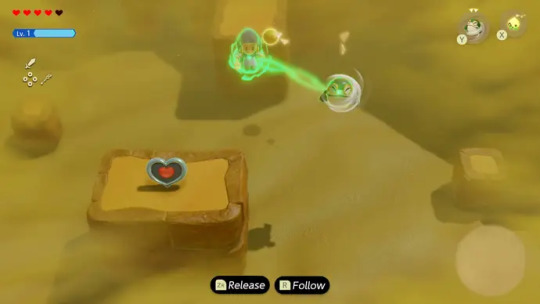
Metroidvania games in particular need to place many obstacles and rewards in early areas of the game that are clearly visible from the critical path but not overcomable so as to encourage players to return to earlier areas and explore them after obtaining more skills/abilities/tools. An example would be the classic Legend of Zelda example of a heart container piece sitting out in the open in the overworld, but behind several rocks that are just too heavy to lift (at the moment). The player clearly sees the interesting reward (heart container piece!) and cannot obtain it (yet), so they make a mental note to come back later because they know something good is here. Pepper these visual hooks and rewards throughout your level design in order to draw a player to find new areas and new abilities.
[Join us on Discord] and/or [Support us on Patreon]
Got a burning question you want answered?
Short questions: Ask a Game Dev on Twitter
Short questions: Ask a Game Dev on BlueSky
Long questions: Ask a Game Dev on Tumblr
Frequent Questions: The FAQ
22 notes
·
View notes
Text
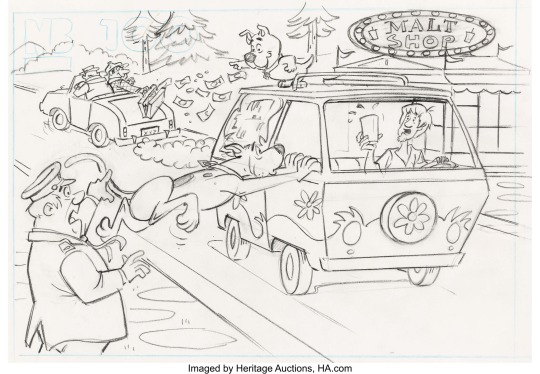
Dick Bickenbach Scooby-Doo Puzzle Design Original Art (Hanna-Barbera, c. 1980s) Source
14 notes
·
View notes
Text

This will make sense later
15 notes
·
View notes
Text

Hi! I'm Erin, I'm a writer, layout designer, game designer, and more. I'm open for work!
You can see some of my previous work here:
11 notes
·
View notes
Text
As excited as I am for a Zelda game with her as the protagonist, I do have some concerns with the mechanics.
The core heart and beating soul of good puzzles and puzzle design (imo) is limitations. You have to maneuver through the maze in (x) number of steps. You can only use the torch three times to light five lanterns. You can only weigh the 8 pills 3 times to find the poisonous one. And looking at the gameplay we've seen in the trailer, I don't get any sense that there are limitations? Boxes and decorative trees are used in a cave system far away from the (presumed) town you first unlocked them. There is no sign of limitation of number of echoes you can store. My biggest concern with this is that with the high focus on options, it will kill opportunities to design good puzzles. I wasn't as much of a fan of TOTK puzzles because they were relatively easy to cheese. You see those videos of players permastunning lynel's by recreating rings made of unbreakable material around them? I don't want a whole puzzle game that has the same weakness in it's design. Just thinking about the game from a design perspective I can think of two things that would give me hope. 1) There is a limit of echos you can have out in the world at the same time 2) There is a limit to the number of echos you have stored in the tri-rod (this would be my preferred solution, as if you had all items ever recorded, it would be super annoying to scroll through in the method demonstrated in the trailer) 3) Some combination of the above two. These obviously aren't the only solutions, but they're the most obvious ones that come to mind. If there aren't any limitations to the echo power, I won't completely give up hope, but I'm going to be very skeptical until I hear of puzzles that are still able to be interesting/engaging with that freedom.
#legend of zelda#loz#loz eow#legend of zelda echoes of wisdom#echoes of wisdom#game design#puzzle design#again just speculation#but just a note of caution I've had wriggling in the back of my mind
10 notes
·
View notes
Text
If I had to pick an Age of the Myst series that was my favorite, I think it’d have to be Amateria. There might be some bias in that it was the first Age I remember solving myself instead of getting help from a family member who’d already solved it, but truly there is something so special about the the puzzle environment here.
(Spoilers ahead)

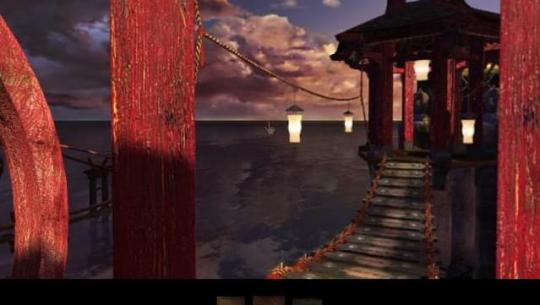
Amateria is based around three puzzles that each feature an ice sphere being guided along various tracks through the puzzle's architecture.


One of the puzzles allows the player to interact directly with the track the ice sphere travels along. Here, you follow the sphere through intersecting loops and vibrating walls of air (which are very disorienting to stand inside, as it makes the screen shake) that can be turned off during a phase of the sequence dictated by the player. In order to test the puzzle, however, the player must access a panel that propels you upwards to a place where you are able to watch your programming unfold in a more third-person view all at once. If you do it right, each of the five vibrating rings will turn off one by one in the proper sequence. If not, the test sphere hits the vibrating wall and shatters, meaning you have to go back down to try again (fortunately, there seems to be an infinite number of ice spheres you can create until you get it right).
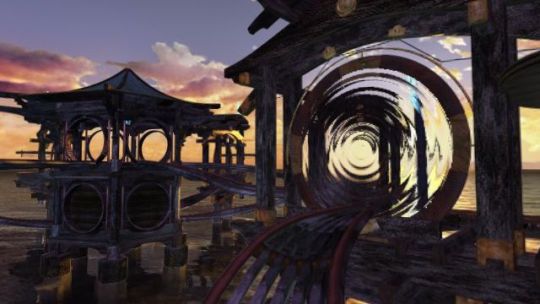
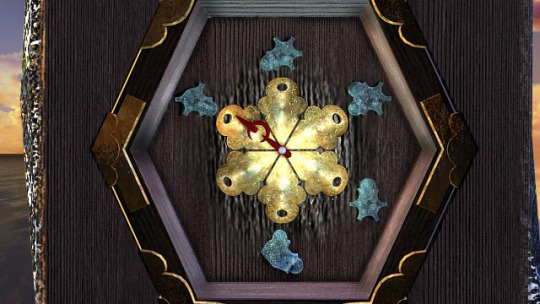
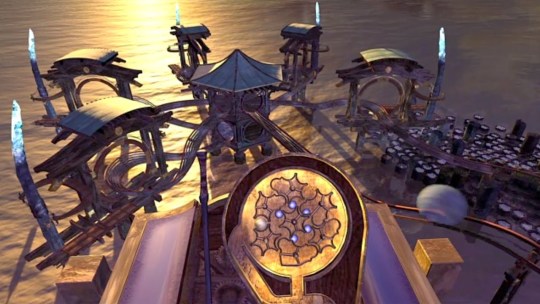
The lever puzzle is a bit different in that you don't get to interact with the track directly this time. Instead, you either get to look at the lever from the side (where you can pull switches to move the wheel that acts as the lever’s fulcrum) or you go to the secluded alcoves where the counterweight spheres are located (so you can adjust and/or evaluate the counterweight wood, metal, and glass sections of their respective spheres and get them to balance). The clues to understanding the puzzle are found back on the hub age, though if you’re inclined to guessing and checking to solve this puzzle, you can do it (though you will end up crashing a LOT of ice spheres off the lever trying).
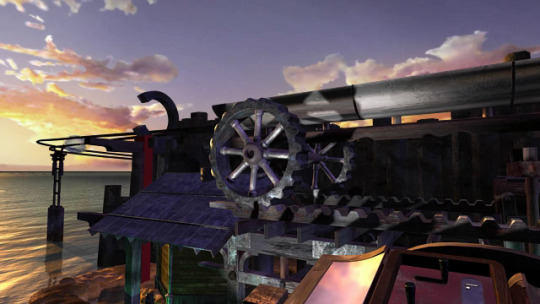


The third puzzle is almost completely abstracted, being a series of interconnected rings spinning over the sea where you can’t reach. Some of these rings have a solid bottom, while others are completely hollow (meaning that any spheres that get sent there crash straight into the water), and you have to discover a path that bounces the sphere to only places it can be held (and, just to make your life more difficult, one of the spots for pegs have had another peg stuffed in the hole, making the spot unusable).


After each of the three puzzles are solved, the player is given a passcode. Entering each passcode into a series of displays at the starting location allows them access to the inside of the main pagoda, where they’ll find several interlocking tracks and the rising platform leads to the most abstracted puzzle yet: a series of wooden circles with lines carved into the design that you have to make match up with a few colored icons around the edge.
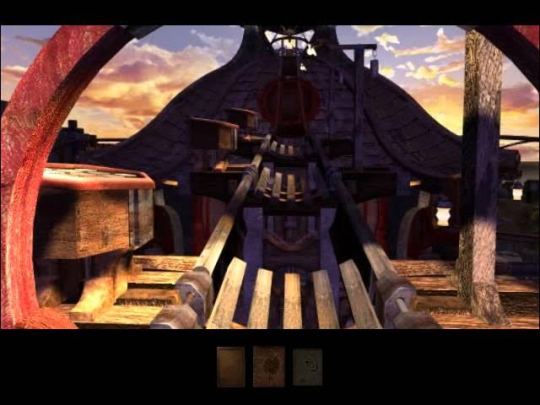

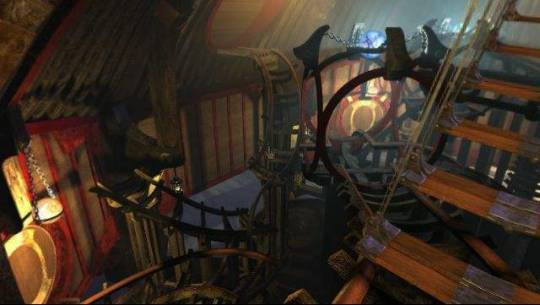

Once this puzzle’s pieces are all place, control is taken away from the player as something lowers above you. You press a button (you have no idea what it does, but you’ve gotten this far by trying things and seeing what happens) and the puzzle interface pulls out of reach. You hear the familiar sound of a sphere being created, but this time it occurs as an ice sphere comes into existence around you. You hang there hovering in the air just long enough for it to sink in that you are about to take the place of all those spheres you’ve thrown away solving puzzles.
Then you drop and get sent on that ride.

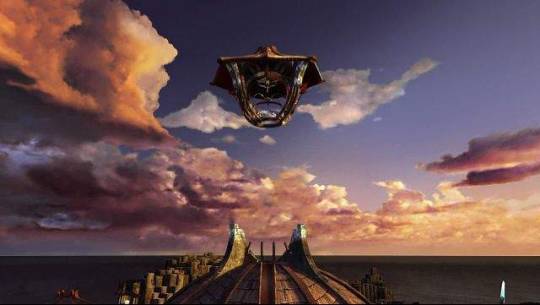
You travel the intersecting loops and you don’t hit any of the vibrating barriers, despite how you slow and speed up as you go up and down the track. You start to relax a little as you go through a tunnel, only to turn and see the wood-glass counterweight go into motion and you realize that that lever needs to move into place exactly and before you can even react, you straight at the end of the lever, it just barely getting into place when you slide into its curved groove. You then get sent out to sea and experience being bounced from ring to ring, hoping very hard that you programmed the puzzle correctly, because you can’t see which of the rings have bottoms and which are hollow and would lead you to your certain doom. But you survive and you keep going and you move towards a series of gaps that you barely recognize, where—1, 2, 3—a platform for each puzzle you solved rises out of the sea just in time to carry you across to a place where the ice sphere finally comes to rest, now shattering around you. You made it through alive.



youtube
This Age does an amazing job of leading you towards abstraction, always giving you the view of the whole puzzle from a third-person observer to the point that it almost feels like you’re not in a physical place anymore, that the puzzles are disconnected and arbitrar, and that the ice spheres that shatter during your trial and error are just there for player feedback. If you want a sense of place, you’ll see it in the glowing crystals and stone pillars and wooden architecture—not the puzzles themselves.


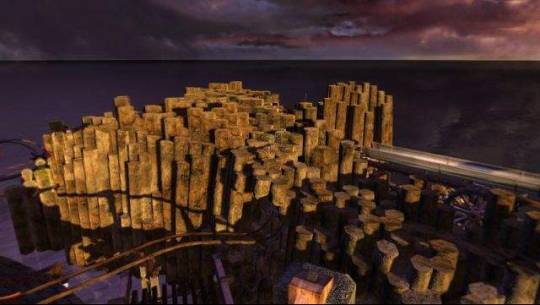

And all of that changes the second that you become the sphere on the interconnected track that this whole world has been built around.
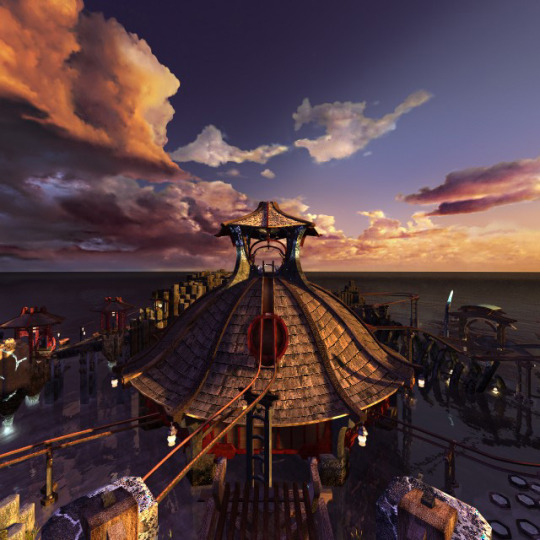
#myst iii exile#myst iii#amateria#myst spoilers#puzzle design#getting old posts out of my drafts folder#late night post
5 notes
·
View notes
Text
"Puzzle Constructor" | Perpetual Testing | Portal 2 Community Maps & Mods
By jp
It’s about time I took a crash course in Portal puzzle making.
This is the 400th episode of Perpetual Testing!
youtube
Full Video
More Test Chambers
#ngeruma#gaming#portal#youtube#puzzle games#puzzles#aperture science#youtube gaming#let's play#portal2#portal 2#portal 2 community maps#portal 2 community test chambers#portal 2 mods#puzzle making#puzzle design#400#the cake is a lie#thinking with portals#glados#whealtey#perpetual testing#chell#cave johnson#companion cube#weird portal#Youtube
8 notes
·
View notes
Text
Only reblog if you’re stupid with the simplest puzzles in games.
Please, I need to know I’m not the only one.
So many people seem to think Veilguard’s “puzzles” are easy and I’m just…

3 notes
·
View notes
Text
IFComp 2023: Max Fog’s Milliways: The Restaurant at the End of the Universe
This is a review of a game entered into IFComp 2023, the twenty-ninth annual interactive fiction competition. This year, there are 74 games in the Comp, all free to play. There’s some good stuff in there this year! Anyone is welcome to play and vote on the entries during the Comp period, and you need vote on only five games by the middle of November for your votes to count toward the games’ overall scores!
As is my wont when writing IFComp reviews, I shamelessly steal Jacqueline Ashwell’s rubric for scoring, because, well, it’s thoughtful and fair.
This review, like all of my reviews, is potentially spoilery. You may want to avoid reading it until after you’ve played the game. That’s up to you.
So I was looking forward to this quite a bit: it's an entry was partly written back in the Infocom days but abandoned unfinished when they stopped making games. The author has dragged out the incomplete source code and made it into a finished game. And, of course, it's the sequel to The Hitchhiker's Guide to the Galaxy, one of the best (and most unfairly difficult) games Infocom put out.
And I think the author has largely done a good job with much of the game. They have their finger on the pulse of how the hard puzzles in the original Hitchhiker's Guide worked, and if the implementation of the new puzzles could be polished up a bit more, well, that's more of an implementation detail than a lack of basic understanding, because Fog is definitely doing a better than fair job of channeling the energy that Douglas Adams and Steve Meretzky put into the original Guide game, what with the detail-oriented mechanical puzzles and the requirement to try unlikely and zany things to get the plot to advance. It's not perfect, but Adams and Meretzky left some pretty big shoes to fill, and a high-schooler picking up and rounding out forty-year-old code in an obscure language that's only recently had its syntax and toolchain reconstructed could have done a whole lot worse.
There are places where I wish the implementation had been, well, implemented more. Probably the most obvious example to me was running into some of the main characters from the novels in the eponymous restaurant:
You can see Ford here, laughing with Trillian and Zaphod. All of them are drunk. Ford's satchel is here. The first class idiot leaves the Dining Hall and walks into the First Class, passing through exits with the first class access card in one hand and sipping sherry. X FORD You see nothing special about Ford. X TRILLIAN You see nothing special about Trillian. A first class idiot walks into the Dining Hall, wielding a first class access card. X ZAPHOD You see nothing special about Zaphod.
Ford, Trillian, and Zaphod are major characters from the novels, the PC's traveling companions, so it seems that some description other than "nothing special" is warranted here. (Trillian is also the PC's long-time love interest, so it is especially egregious that "You see nothing special" about her.) This is a massive set of missed opportunities for characterization and observational humor, both of which were areas that Adams and Meretzky excelled at. There are other places where the tone of the writing misses the mark, failing to live up to the original's understated, often laconic humor. That's not to say that any of it was wildly off base, just that Fog's writing, which is often funny on its own, has not yet matured enough to let them effectively adopt the voice of other writers. But that's really what's called for in finishing off an unfinished game that's also a sequel to a much-beloved game.
The other major issue for me was bugs, and this one was a show-stopper: I finally got to a part of the game where I absolutely couldn't progress: it was impossible to solve the puzzle to get out of the "Dark" room, because the in-game hints and explicit walkthrough directions didn't result in the game progressing as described. The gag is that repeatedly WAITing is supposed to gradually reveal a path forward, if you can interpret the hints; but no path was revealed and the hints just kept cycling, even after dozens of turns. The turn count in the status bar stopped advancing, too. Re-loading from earlier saves and re-playing, even on a slightly different path, just got me back to the same stuck place. There also seemed to be a parsing problem at the same time: trying to do anything, including executing out-of-game meta-commands like QUIT and RESTORE, failed with the cryptic message "But ALL isn't close enough."
That was under Fizmo (specifically, fizmo-ncursesw 0.7.14 under Linux Mint 20.3), but I'd previously had other problems with the game: it wouldn't run at all under Gargoyle (2011.1 under Linux Mint 20.3), instead just resulting in a blank screen on startup. Similarly Frotz (2.44 under Linux Mint 20.3) initially ran, but repeatedly froze, unable to direct keyboard input to the 'terp. I think this was related to radio-caused in-game death, but I'm not sure.
But this is a promising and, in a lot of ways, really enjoyable first draft of a game; it just needs a lot more polishing to measure up to the high standard that it's set people up to expect. It absolutely looks like the author is capable of meeting that standard in a future release, which I hope to play someday.
My rating: 5/10.
(I also drew a map of the game's geography as I played.)
(This review based on the updated release of 13 November 2023.)
#interactive fiction#parser IF#IFComp#IFComp 2023#2023#Douglas Adams#Steve Meretzky#Max Fog#Milliways#The Restaurant at the End of the Universe#Infocom#ZIL (programming language)#design#bugs#testing#science fiction#humor#writing#puzzle design#comedy
1 note
·
View note
Text
Conversation with Jonathan Driscoll on Escaparium and the TERPECA AWARDS 2024
Scott Douglas Jacobsen In-Sight Publishing, Fort Langley, British Columbia, Canada Correspondence: Scott Douglas Jacobsen (Email: [email protected]) Received: December 29, 2024 Accepted: N/A Published: January 15, 2025 Abstract This interview explores the insights of Jonathan Driscoll, Co-Founder and President of Escaparium, a leading escape room company based in Laval, Quebec, in…
#1#Actor Involvement#Canada#Escape Room Industry#Immersive Entertainment#innovation#Magnifico’s Circus#Puzzle Design#storytelling#TERPECA#Tourism
0 notes
Text
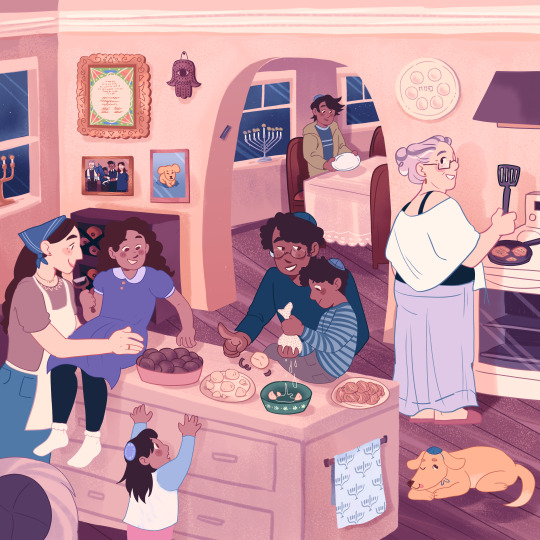
first official day and second night of chanukah tonight so here's the other rejected puzzle design i made <3
3K notes
·
View notes
Text




Compilation of tonight's fun.
#cuttledreams#creature#creature design#love a fun mash-up challenge#like a puzzle thinking what animals will have synergy together#animals inspired in each mashup written in the alt text#anyway yeah im tired ready for bed zzz
9K notes
·
View notes
Text
Puzzle Making Challenge:
Make a puzzle with exactly 2 solutions (has to be exact), and make them as different as you can.
Difference is measured as the number of basic puzzle elements that are different between the two solutions, divided by how many there are
List of Basic Puzzle Elements for various Puzzle Styles
Sudoku: digit
Jigsaw Puzzle: piece
Nonomino: uh... idk, whether a square is black or white?
Cryptic crossword clue: yeah i don't think you can measure difference here
0 notes
Text
Puzzling it out: Exploring Escape Games for Learning and Assessment. Telfest 2018
#game design#gamebasedlearning#escape rooms#escape games#higher education#assessment#puzzle design#jigsaw classroom
0 notes
